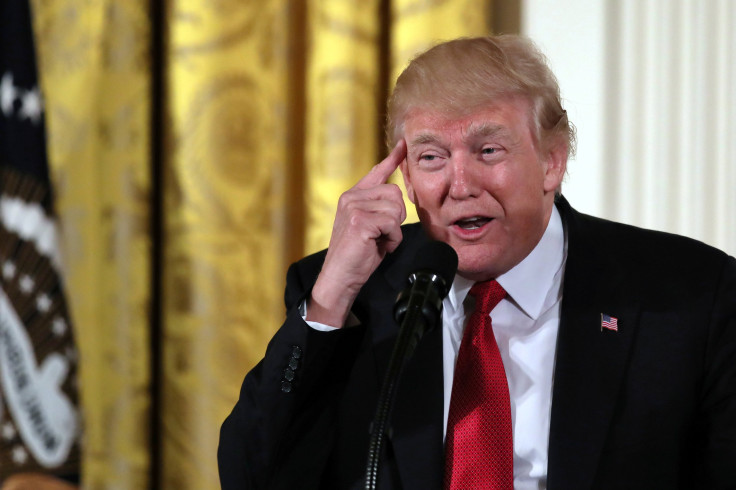Trump Latest Approval Rating: Americans Think President Is A Liar, Favorability Continues To Dip

President Donald Trump’s favorability has been in a state of consistent decline since he took office in January this year. This seems to be a trend as a new poll released Tuesday revealed that his approval rating fell by 6 percent over the past month.
According to the Quinnipiac University survey, Trump’s performance in office had a 35 percent approval rating, while 57 of the people polled were disapproving of his work. Eight percent were uncertain.
Read: Five Campaign Promise Failures Possibly Linked To Plummeting Approval Rating For Trump
The survey also required the people to vote on what they thought was Trump’s most worrisome quality. Over 60 percent said the president was not honest, level-headed, or does not share their values. Around 57 percent of the people said he did not care about the average American and 55 percent felt he lacked leadership qualities.
A similar survey published by Quinnipiac on March 7 put the president’s approval rating at 41 percent, showing a significant fall in the month that followed. The polling was also conducted two weeks ago, following which Trump's approval decreased by 2 percent and disapproval increased by one.
“President Donald Trump continues to struggle, even among his most loyal supporters,” Tim Malloy, assistant director of the university’s poll, said in a statement. “Many of them would be hard pressed to see even a sliver of a silver lining in this troubling downward spiral.”
While former President Barack Obama’s ratings never reached these low levels during his time in the White House, Trump’s approval rating is yet to touch the low point of former President George W. Bush.
“President George W. Bush, who hit a negative 28-67 percent on May 14, 2008, had less support, but it took eight years, two unpopular wars and a staggering economy to get there,” Malloy explained.
The poll was conducted by carrying out telephonic interviews with 1,171 registered voters across the country between March 30 and April 3. The margin of error was 2.9 percent.
© Copyright IBTimes 2025. All rights reserved.






















